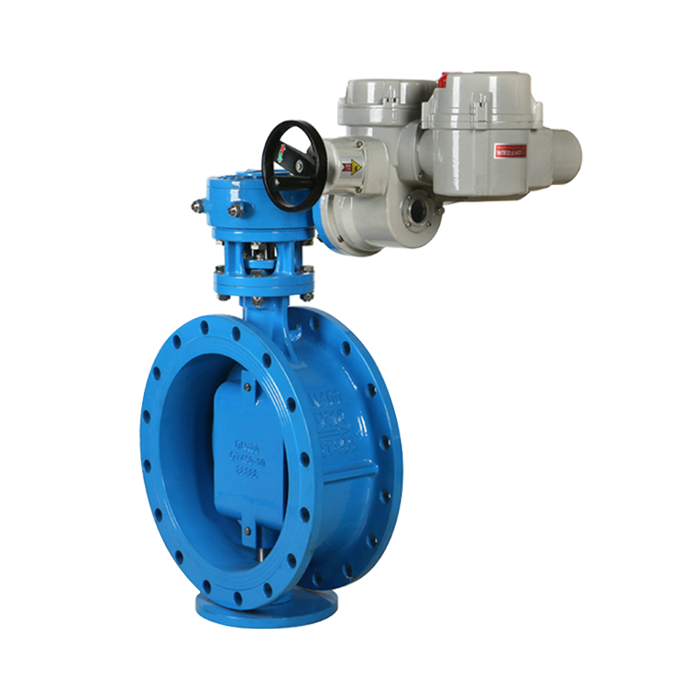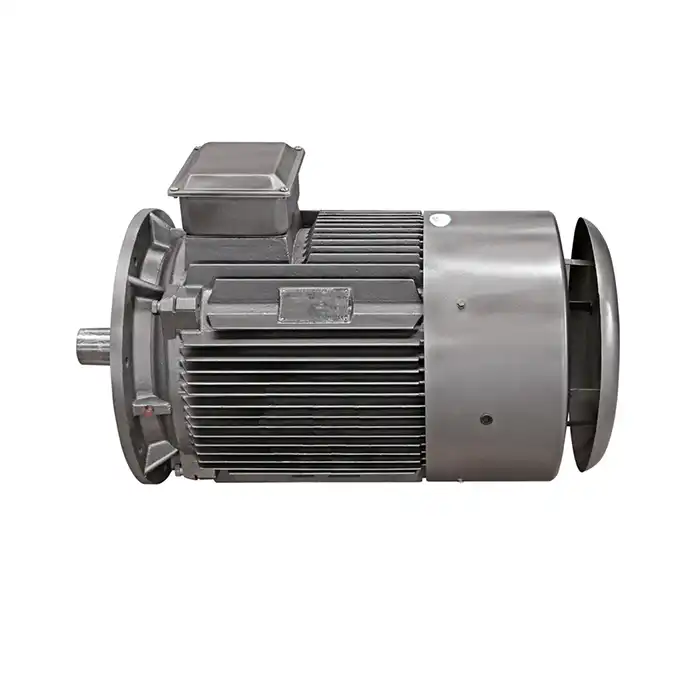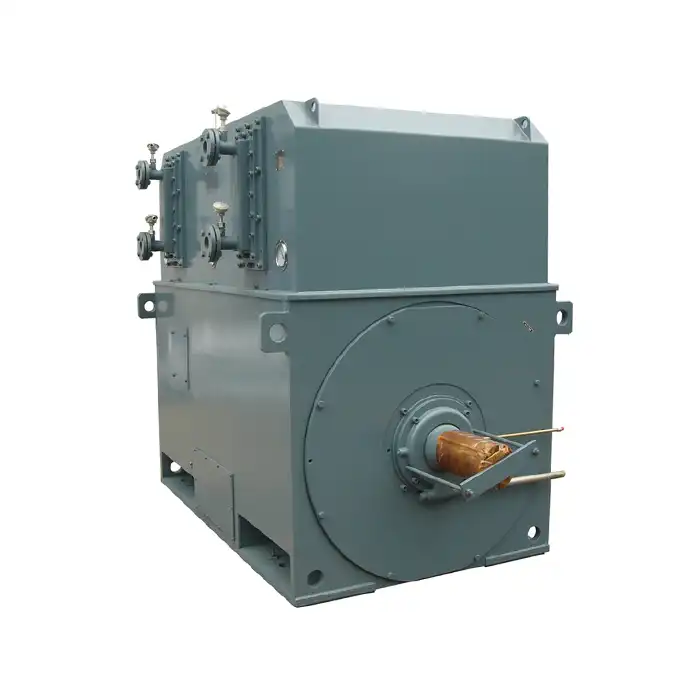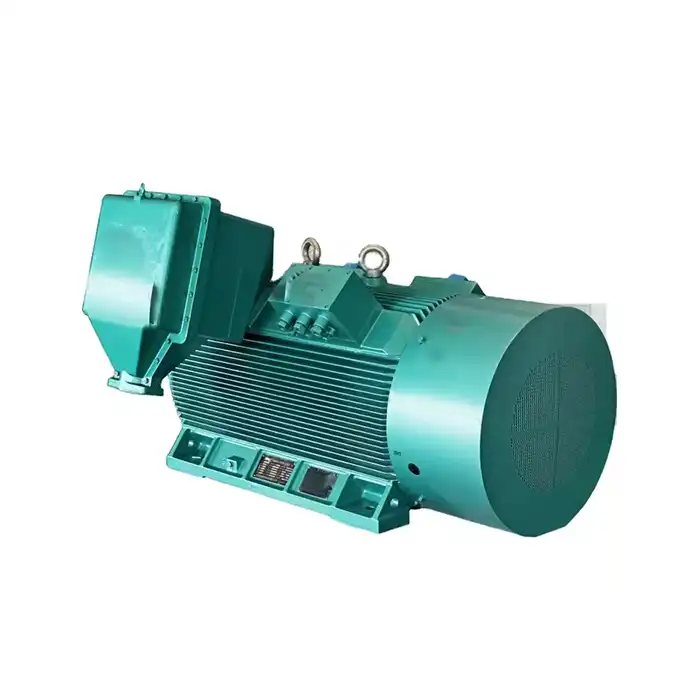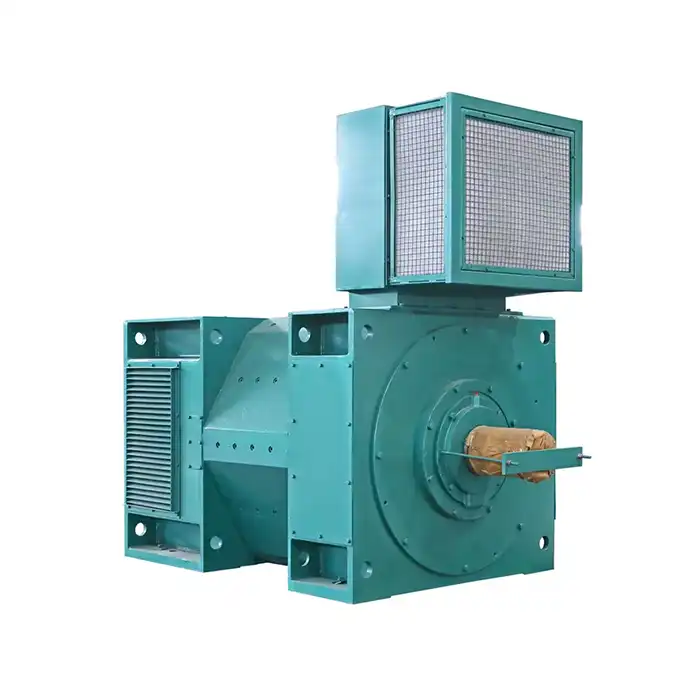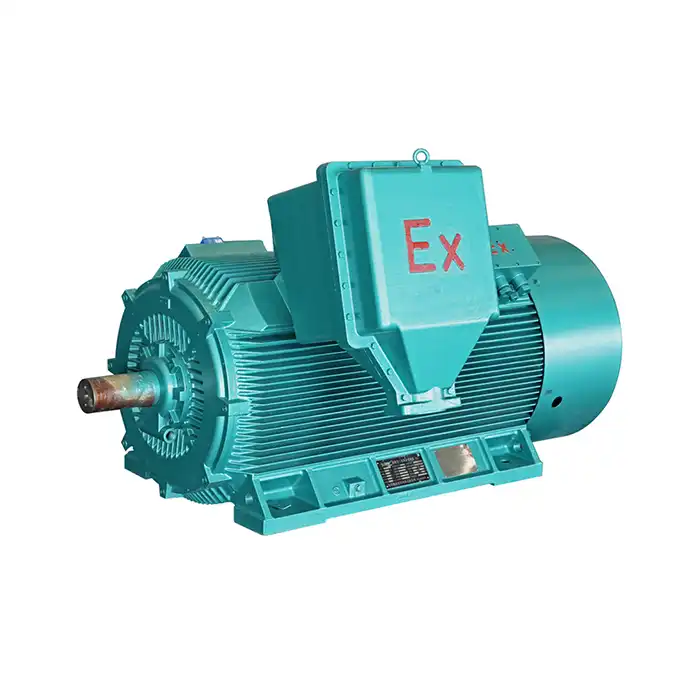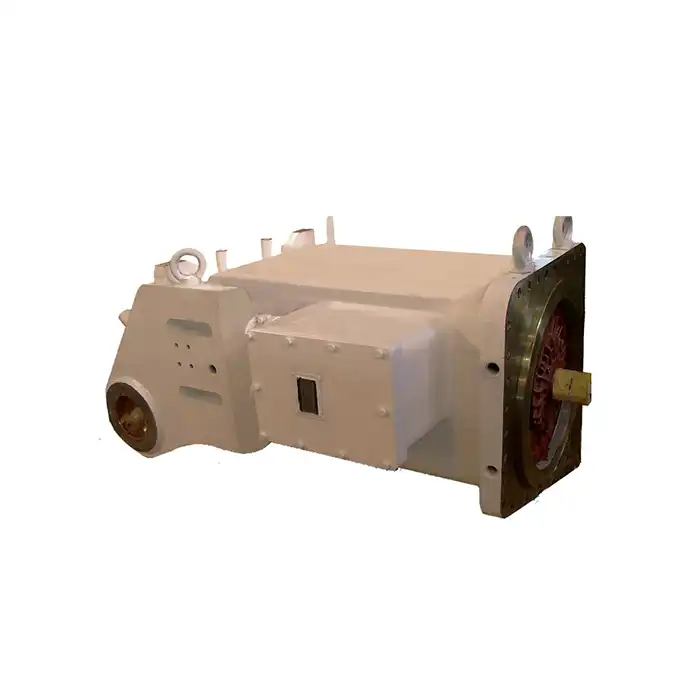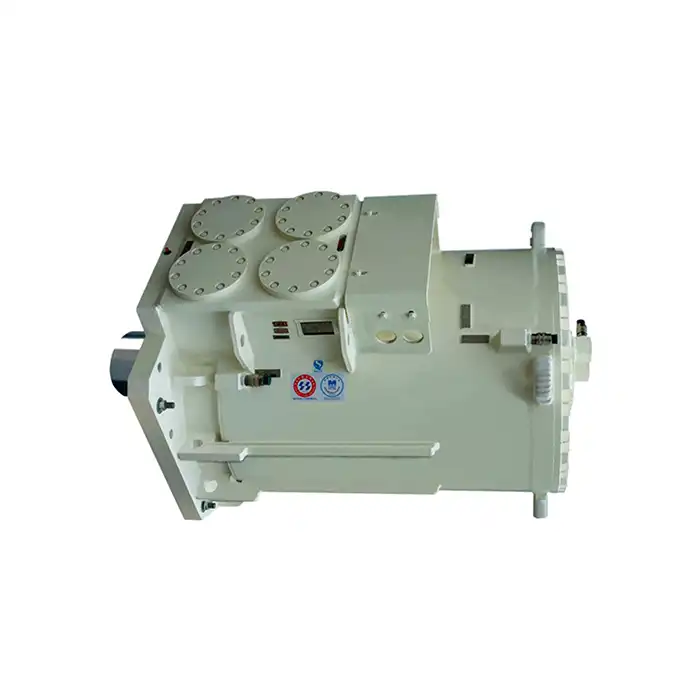630 kW Motors for Water Pumping Stations: Best Practices
Water pumping stations play a crucial role in supplying clean water to communities and industries. At the heart of these stations are powerful motors that drive the pumps, with 630 kW motors being a popular choice for large-scale operations. This article delves into the best practices for selecting, maintaining, and optimizing 630 kW motors in water pumping stations.
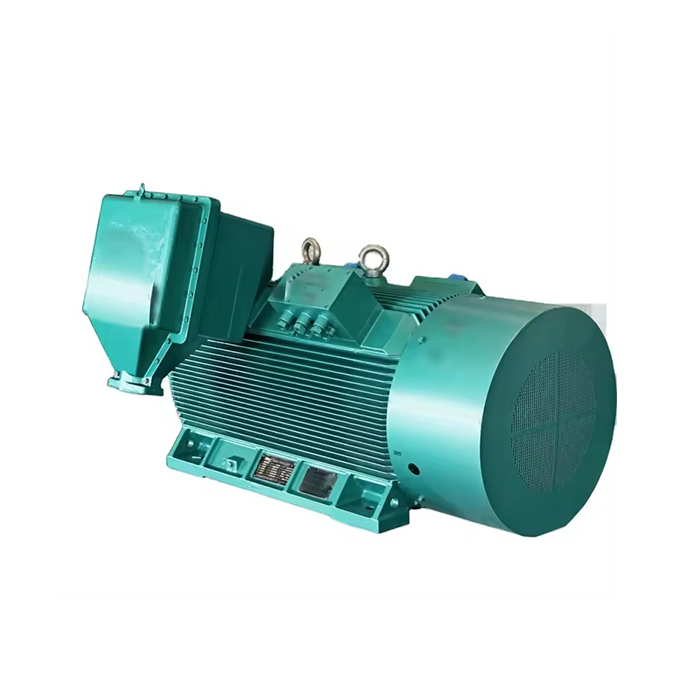
Series:YVF2
Protection level:IP54
Voltage range:3000V±5%,3300V±5%,6000V±5%,6600V±5%,10000V±5%,11000V±5%
Power range:160-1600 kW
Application:fans, water pumps, compressors, crushers, cutting machine tools, transportation machinery, etc.
Advantage:compact structure, light weight, low noise, small vibration, long service life, easy installation and maintenance.
Standard: This series of products complies with JB/T10444-2004 standards.
Others: SKF, NSK, FAG bearings can be replaced according to customer requirements.
Selecting the Right Motor: Efficiency vs. Cost
When it comes to choosing a 630 kW motor for your water pumping station, balancing efficiency and cost is essential. Let's examine the factors to consider:
Energy Efficiency Ratings
Modern motors often come with varying levels of efficiency, which directly affect operational costs. While motors with higher efficiency may come at a higher upfront price, they typically offer substantial savings in the long run by reducing energy consumption. This can lead to a significant decrease in electricity costs over time, making the investment worthwhile.
Initial Investment vs. Long-term Savings
It's important to weigh both the initial cost of the motor and the long-term savings it will bring. A motor with a higher purchase price but better energy efficiency may prove to be more cost-effective over its operational life. By consuming less power, the motor will lower ongoing energy bills, making it a sound investment that balances upfront costs with future savings.
Sizing the Motor Correctly
Proper motor sizing is crucial for ensuring both performance and efficiency. If the motor is too large, it will waste energy by operating inefficiently at partial load, leading to higher operational costs. Conversely, an undersized motor will struggle to meet the required demand, which can cause premature wear and tear. Choosing the right size motor ensures the system runs efficiently, avoiding unnecessary energy waste and extending the motor's lifespan.
Maintenance Strategies for Extended Motor Life
Implementing effective maintenance strategies can significantly extend the life of your 630 kW motor and ensure reliable operation. Consider the following practices:
Regular Inspections and Cleaning
Routine visual inspections are essential for detecting early signs of wear, damage, or contamination on the motor. Regular cleaning is equally important to prevent the buildup of dirt, dust, and debris, which can negatively impact the motor's performance. By ensuring the motor remains free of contaminants, you can reduce the risk of overheating, improve air circulation, and maintain optimal efficiency. It's important to schedule these inspections and cleaning tasks at regular intervals to avoid potential issues that could lead to more serious damage.
Lubrication Management
Proper lubrication is critical for maintaining the health of motor bearings. Over time, friction from inadequate lubrication can lead to premature bearing wear, causing inefficiencies and potential motor failure. To extend the lifespan of the motor, it's important to develop and follow a lubrication schedule tailored to the manufacturer's recommendations and the specific operating conditions of the motor. Regularly checking and replenishing the lubricant will ensure smooth operation and reduce the likelihood of costly repairs.
Vibration Monitoring
Vibration monitoring is an effective method for detecting early signs of mechanical problems such as misalignment, unbalanced components, or bearing wear. Implementing a vibration monitoring program helps identify these issues before they escalate into major problems that could lead to motor failure. By tracking vibration patterns, you can proactively schedule maintenance, adjust alignment, or replace faulty components to avoid unnecessary downtime and costly repairs.
Electrical Testing
Periodic electrical testing is vital for identifying potential issues that could affect the motor's electrical performance. Insulation resistance and winding resistance tests are crucial in detecting electrical problems like short circuits or breakdowns in insulation, which may not be immediately visible. Conducting these tests at regular intervals helps to prevent unexpected motor failures, allowing you to address issues early and avoid costly repairs or replacements. Regular electrical checks ensure the motor operates safely and efficiently over time.
Optimizing Performance: Control Systems and Monitoring
To maximize the efficiency and reliability of your 630 kW motor in water pumping applications, consider implementing advanced control systems and monitoring techniques:
Variable Frequency Drives (VFDs)
VFDs allow for precise control of motor speed, adapting to varying water demand and potentially reducing energy consumption. They can also provide soft start capabilities, reducing mechanical stress on the motor and pump system.
SCADA Systems
Supervisory Control and Data Acquisition (SCADA) systems enable real-time monitoring and control of motor performance, allowing operators to optimize efficiency and respond quickly to any issues.
Predictive Maintenance Techniques
Utilize data analytics and machine learning algorithms to predict potential motor failures before they occur, allowing for proactive maintenance and minimizing downtime.
Power Quality Monitoring
Implement power quality monitoring to detect and address issues such as voltage imbalances, harmonics, or power factor problems that can affect motor performance and lifespan.
Conclusion
Implementing these best practices for 630 kW motors in water pumping stations can lead to improved efficiency, reduced operational costs, and extended motor life. By carefully selecting the right motor, implementing comprehensive maintenance strategies, and utilizing advanced control and monitoring systems, water utilities can ensure reliable and efficient operation of their pumping stations.
FAQ
1. What is the typical lifespan of a 630 kW motor in a water pumping station?
With proper maintenance and operation, a 630 kW motor can last 15-20 years or more in a water pumping station.
2. How often should a 630 kW motor be serviced?
Regular inspections should be conducted monthly, with more comprehensive maintenance performed annually or as recommended by the manufacturer.
3. Can a 630 kW motor be retrofitted with a VFD if it wasn't originally designed for one?
In many cases, yes. However, it's important to consult with the motor manufacturer and a VFD specialist to ensure compatibility and proper installation.
Call to Action
At XCMOTOR, we specialize in providing high-quality, efficient 630 kW motors designed specifically for water pumping applications. Our motors offer superior performance, durability, and energy efficiency, helping you optimize your pumping station operations and reduce long-term costs. With our extensive experience and commitment to customer satisfaction, we can help you select the perfect motor for your needs and provide ongoing support to ensure optimal performance.
Ready to upgrade your water pumping station with a reliable, efficient 630 kW motor? Contact our team of experts today at xcmotors@163.com to discuss your requirements and discover how our motors can benefit your operations.
References
1. Smith, J. (2022). High-Power Motors in Water Distribution Systems: Efficiency and Reliability. Journal of Water Resources Management, 45(3), 234-248.
2. Johnson, L., & Brown, T. (2021). Maintenance Strategies for Large Electric Motors in Utility Applications. Industrial Maintenance & Plant Operation, 18(2), 67-82.
3. Garcia, M. et al. (2023). Advanced Control Systems for Optimizing Water Pumping Station Performance. Water Science and Technology, 87(5), 1123-1138.
4. Wilson, R. (2020). Energy Efficiency in Water Pumping: Motor Selection and Sizing Guidelines. American Water Works Association Journal, 112(8), 56-71.
5. Lee, S., & Park, K. (2022). Predictive Maintenance Techniques for High-Power Motors in Water Treatment Facilities. Journal of Intelligent Industrial Systems, 8(4), 345-360.
6. Thompson, E. (2021). Variable Frequency Drives in Water Pumping Applications: Benefits and Implementation. Water Environment Research, 93(6), 878-893.



